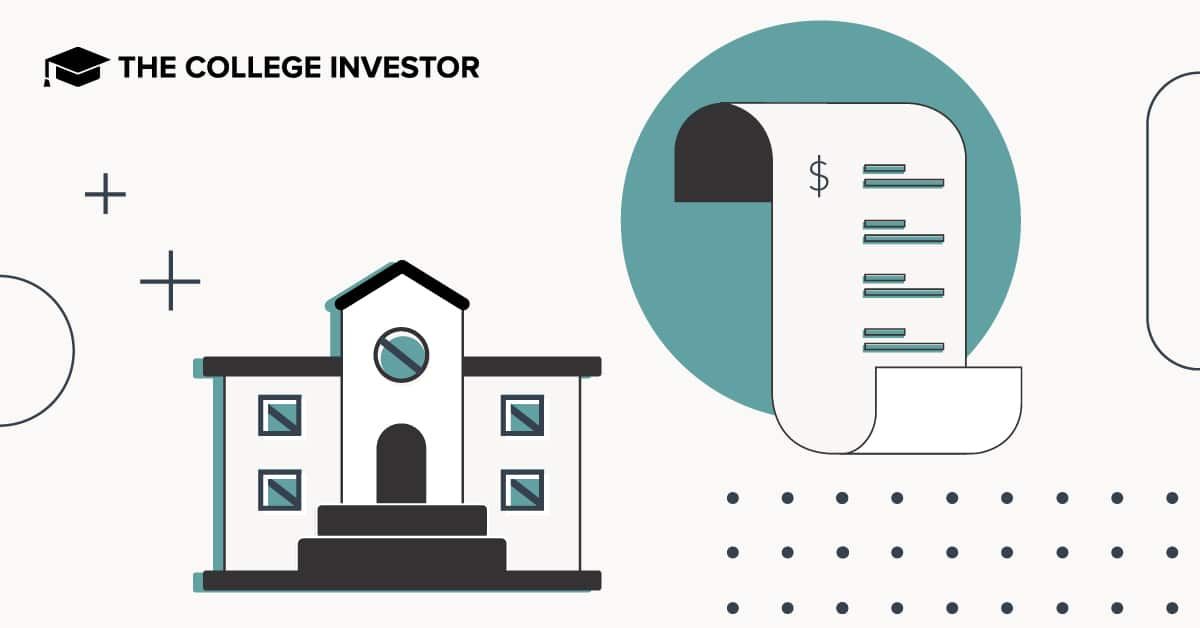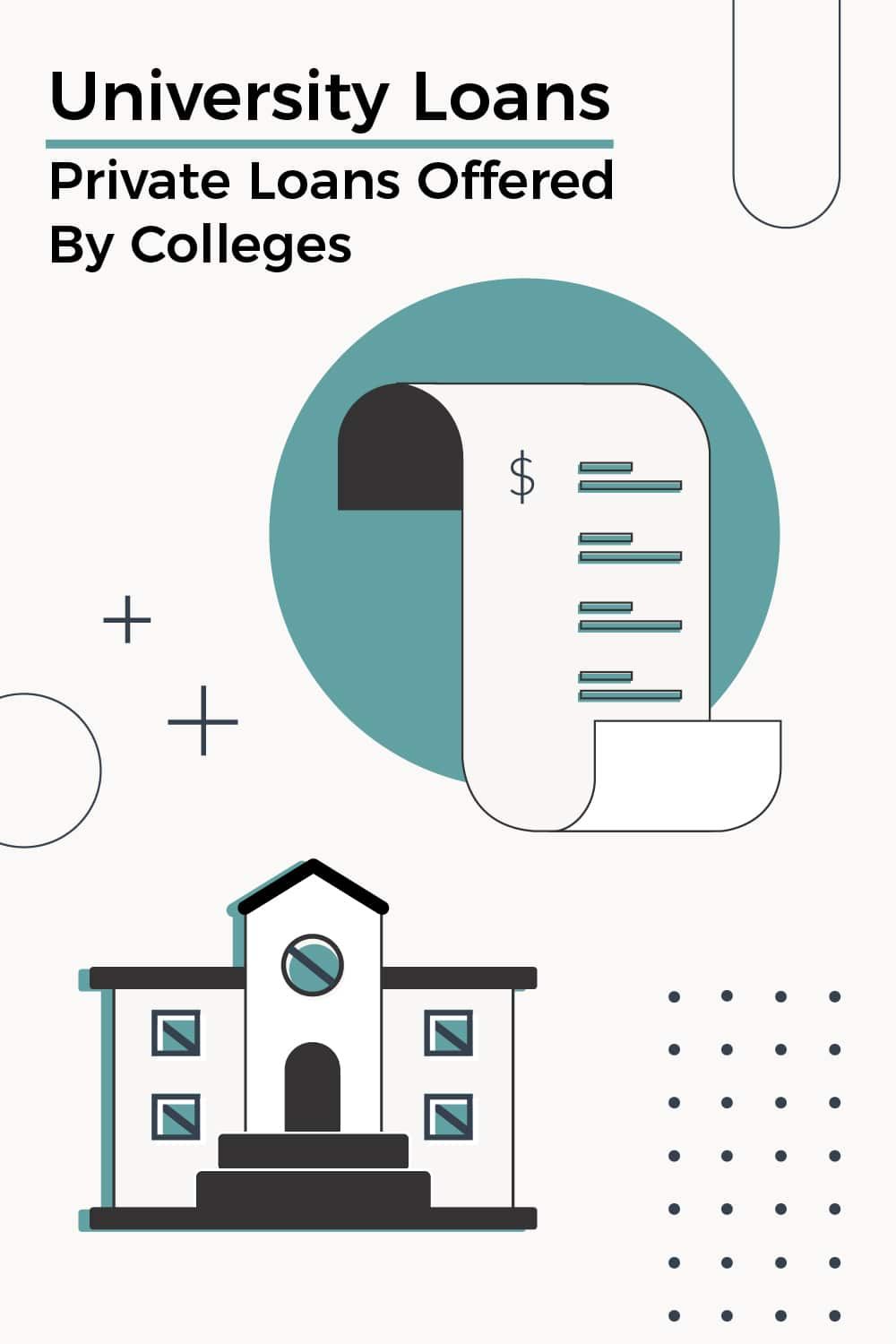
What exactly is a university loan and how does it differ from other types of student loans? Perhaps you’ve heard of this kind of loan and want to learn more about it and whether you should apply.
Or maybe you got an offer for this type of student loan directly from your college or university when you were reviewing your financial aid award?
These loans sound like a good deal - but are they? Here are the ins and outs of what to know.
A Brief Explanation of University Loans
University loans, also known as institutional loans, are student loans made by the college or university itself, as opposed to through the federal or state governments. Some may be white-labeled versions of private student loans.
Some may be funded by a special endowment, such as through a revolving loan fund. Others may be funded by a third-party organization, such as a foundation sponsoring zero-interest loans at particular colleges.
Most university loans are similar to private student loans, not federal student loans. Even when the interest rates are competitive, federal student loans offer better benefits. University loans are private loans that just happen to be offered by the college.
Only about 0.4% of students in Bachelor’s degree programs received university loans in 2015 to 2016, with an average loan being $3,420. Less than $1 billion in state and institutional loans are awarded each year, split about half and half among the two types of loans.
Are University Loans Better than Other Loans?
Just because a university loan comes from the college doesn’t mean it is a better loan.
Sometimes university loans offer better interest rates than private student loans, sometimes the interest rates are the same and sometimes the interest rates are worse. All of the terms are specific to the university.
Check Out: The Best Student Loan Rates
Be sure to find out what the best rates are, before choosing any kind of student loan.
So, you must compare the specific interest rates, fees, and repayment terms for each loan. There may also be differences in the deferment, forbearance, forgiveness and discharge options available on the loans. Most university loans do not offer income-driven repayment plans. Many have low annual and aggregate loan limits.
Some university loans charge 5% interest with no interest accruing during the in-school period and no fees. These loans are modeled after the Federal Perkins Loan program, which ended in 2017.
But, most university loans charge interest rates and fees that are similar to those charged by private student loans.
Lender Name | APR |
|---|---|
Variable Rate 5.39% - 16.99% Fixed Rate 4.43% - 15.99% | |
No Cosigner Required! | Variable Rate 5.99% - 15.85% Fixed Rate 3.79% - 15.41% |
Variable Rate 5.62% - 18.26% Fixed Rate 4.17% - 16.49% | |
Variable Rate 6.00% - 13.75% Fixed Rate 3.99% -12.61% |
Federal student loans usually offer a better combination of interest rates, deferments, forbearances, repayment plans, forgiveness and discharge options. Most federal student loans and university loans were not eligible for a payment pause and interest waiver during the pandemic. Private student loans and university loans are not eligible for teacher loan forgiveness or public service loan forgiveness.
Most university loans are not serviced by the college. Instead, the colleges contract with a third-party loan servicer, such as Educational Computer Systems Inc. (ECSI).
An important risk of borrowing a university loan is the college may withhold official transcripts and diplomas and prevent you from registering for classes if you default on the loan.
Pay For College: The Best Order Of Operations
Loans aren't your only options. Get our guide on how to pay for college.
Eligibility for a University Loan
Eligibility for a university loan may be based on financial need.
Some university loans are provided to students who are ineligible for federal student loans, such as undocumented students and international students.
Also, university loans may be restricted to a specific purpose such as buying a computer or textbooks.
Some colleges provide university loans as a form of emergency aid. Emergency loans may be short-term, requiring repayment within a few months or by the end of the academic term.
If you decide to look into a university loan, be sure to first find out whether you qualify and what the deadlines are to turn in documents. Then find out what the interest rates and terms for repayment are and when you have to start repaying the loan.
4 Top Picks For Private Student Loan Lenders
- Credible: They are a marketplace that includes over 50% of all student loan lenders, so by getting a quote, you're automatically comparing most options.
- Ascent: One of the few private loan lenders that offers loans with no cosigner required.
- Earnest: A leading lender that typically has some of the lowest rates on student loans.
- LendKey: Low rates offered through credit unions and community banks.
Lender Name | APR | Get Started |
|---|---|---|
Variable Rate 5.39% - 16.99% Fixed Rate 4.43% - 15.99% | ||
Variable Rate 5.99% - 15.85% Fixed Rate 3.79% - 15.41% | No Cosigner Required! | |
Variable Rate 5.62% - 18.26% Fixed Rate 4.17% - 16.49% | ||
Variable Rate 6.00% - 13.75% Fixed Rate 3.99% -12.61% |
Ascent’s undergraduate and graduate student loans are funded by Bank of Lake Mills or DR Bank, each Member FDIC. Loan products may not be available in certain jurisdictions. Certain restrictions, limitations; and terms and conditions may apply. For Ascent Terms and Conditions please visit: AscentFunding.com/Ts&Cs. Rates are effective as of 7/8/2024 and reflect an automatic payment discount of either 0.25% (for credit-based loans) OR 1.00% (for undergraduate outcomes-based loans). Automatic Payment Discount is available if the borrower is enrolled in automatic payments from their personal checking account and the amount is successfully withdrawn from the authorized bank account each month. For Ascent rates and repayment examples please visit: AscentFunding.com/Rates. 1% Cash Back Graduation Reward subject to terms and conditions. Cosigned Credit-Based Loan student must meet certain minimum credit criteria. The minimum score required is subject to change and may depend on the credit score of your cosigner. Lowest rates require interest-only payments, the shortest loan term, a cosigner, and are only available for our most creditworthy applicants and cosigners with the highest average credit scores. Actual APR offered may be higher or lower than the repayment examples above, based on the amount of time you spend in school and any grace period you have before repayment begins.

Mark Kantrowitz is an expert on student financial aid, scholarships, 529 plans, and student loans. He has been quoted in more than 10,000 newspaper and magazine articles about college admissions and financial aid. Mark has written for the New York Times, Wall Street Journal, Washington Post, Reuters, USA Today, MarketWatch, Money Magazine, Forbes, Newsweek, and Time. You can find his work on Student Aid Policy here.
Mark is the author of five bestselling books about scholarships and financial aid and holds seven patents. Mark serves on the editorial board of the Journal of Student Financial Aid, the editorial advisory board of Bottom Line/Personal, and is a member of the board of trustees of the Center for Excellence in Education. He previously served as a member of the board of directors of the National Scholarship Providers Association. Mark has two Bachelor’s degrees in mathematics and philosophy from the Massachusetts Institute of Technology (MIT) and a Master’s degree in computer science from Carnegie Mellon University (CMU).
Editor: Robert Farrington Reviewed by: Claire Tak



